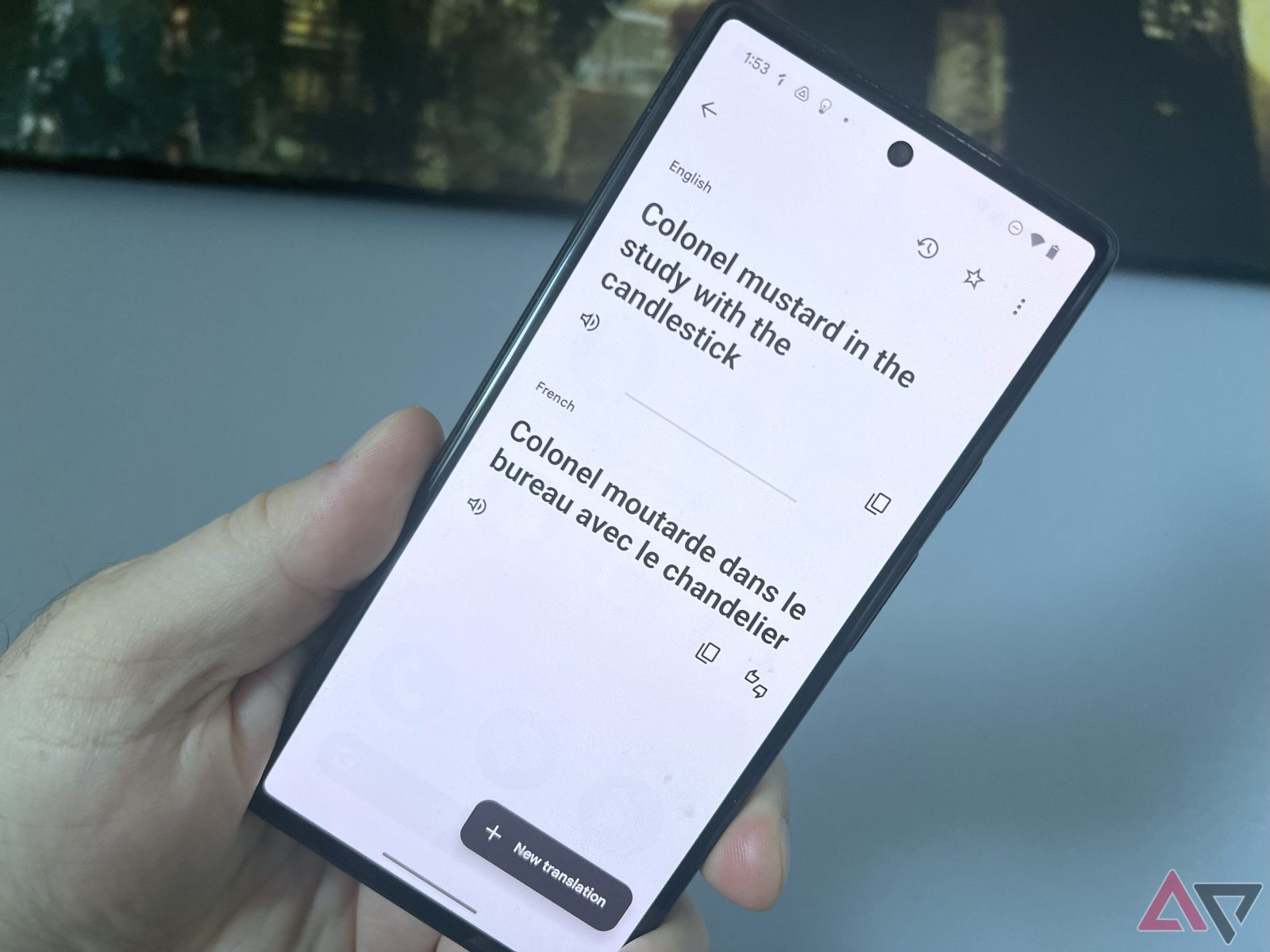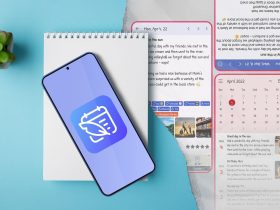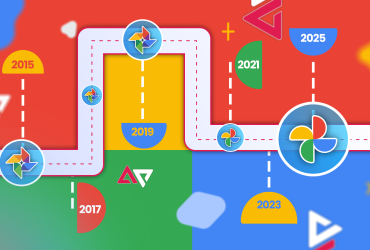Google Translate Could Soon Adopt Duolingo’s Gamified Approach To Learning, Minus The Threats

Contents

Sign in to your Android Police account

Summary
- A hidden “Practice” feature has been discovered within the code of Google Translate v9.7.102.
- This feature appears designed to help users improve language skills with gamified activities, similar to Duolingo.
- It’s currently in a non-functional beta state, initially limited to English and Spanish, and will likely require sign-in and microphone access.
Google Translate is easily one of the most commonly-used translation tools out there, and that’s primarily because of its various integrations. For reference, the tool is available on multiple surfaces via different apps and platforms, including the Translate app, within Google Chrome, via Lens and Circle to Search (CtS), via the Google app, and more.
Right from the Translate app, users have the option to paste, type, or scribble text to be translated, use the Lens integration for translating text within images or your surroundings, transcribe text, and employ a dedicated conversation mode.

Related
With roughly 250 supported languages, the tool is in a good position to expand beyond simple translations, and that’s exactly what it appears to be doing.
In addition to the Conversation, Microphone, and Camera icons, Google Translate’s bottom-aligned toolbar could soon also feature an option that lets users Practice their language skills.
Early details
Current (left), potentially upcoming (right)
As pointed out by the folks over at Android Authority, Google Translate v9.7.102 houses code for the new feature, and although ‘Practice’ isn’t widely available just yet, it could be enabled manually. It appears with a beta tag, as seen in the second screenshot above. That might be because of the feature’s limited initial language support.
The report found that the feature could only be enabled for the English-Spanish ‘practice’ pair, though it could be available for more pairs if and when available widely.
For now, tapping on the potentially-upcoming beta feature’s icon loads a “page you requested is invalid error,” likely because the underlying functionality isn’t live yet. A short description above the beta feature’s icon suggests that it will let users “practice with activities made just for [them],” suggesting that it could take a Duolingo-like gamified approach to learning.
It is currently unclear if and when the practice feature might launch. If and when it does, it will likely require users to sign in and grant microphone access, as revealed in code strings.
What’s your reaction?
Love0
Sad0
Happy0
Sleepy0
Angry0
Dead0
Wink0









Leave a Reply
View Comments